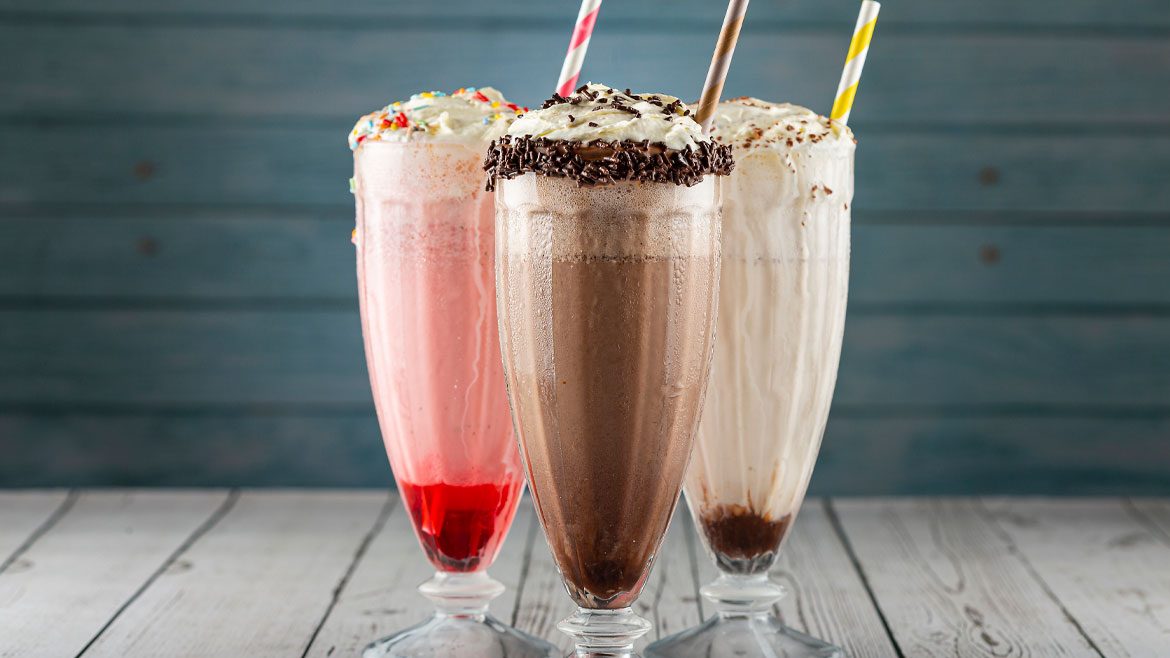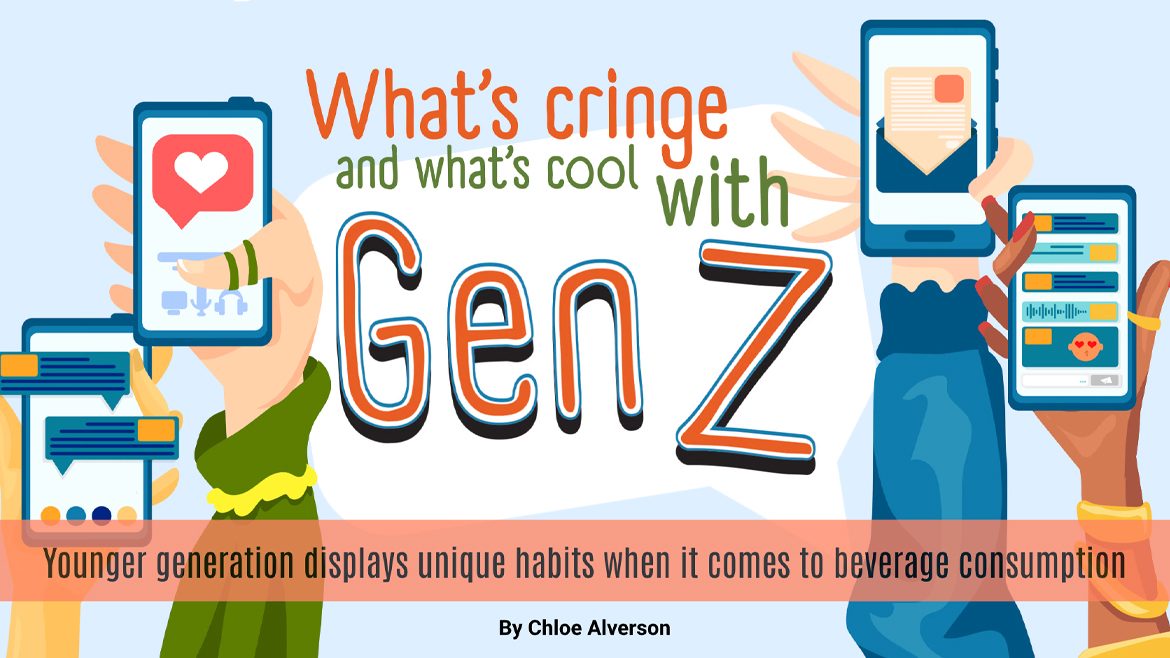Vending channel changes with the times

Change can happen at a moment’s notice. With some things - fashion trends, the latest boy band, hairstyles - if you blink, you might miss the trend, and the change, completely. Thankfully, in the realm of vending change isn’t something that you’ll miss by blinking, but these days, if you’re in the vending industry and change isn’t on your mind - in more ways than one - then you won’t only miss it, you’ll be out of the game entirely.
The vending channel has been hit hard during the past couple of years as the economy has plunged and people pull up on the reigns of their spending. But with new technologies comes a renewed interest in convenience products by consumers, and vending has a prime opportunity to gain back some of its losses, suppliers say.
For consumers, a big part of the renewed interest in the vending channel has come from what’s inside the machines.
“The vending industry has really responded to the demand consumers have for ‘better for you’ products,” says Jackie Clark, industry spokesperson with the National Automatic Merchandising Association (NAMA). “There has been a huge influx of these products over the past several years.”
Clark notes that the Balanced for Life program instituted by NAMA in 2005 recognized the need for “better for you” products. The program was created to educate consumers on the importance of understanding what was meant by a balanced diet, and the program has become quite popular, she says.
For bottlers and vending operators, however, taking a closer look at how they can increase profitability from the vending channel means not only finding out what consumers want in their machines, but what they’re actually buying, when and how.
“We are seeing operators examine their businesses with a fine-tooth comb in order to streamline their operations and grow profits,” says Mandeep Aurora, chief executive officer of San Francisco, Calif.-based Cantaloupe Systems. “Vending operators run on very tight margins, and it is essential to squeeze out the most profit possible. This is accomplished by close monitoring of what merchandise is moving, what machines and locations are performing, and what processes can be revamped in order to maximize efficiencies. Technology is a game-changer by providing operators with the ability to pull real-time data and implement changes as needed.”
Jennifer Dever, marketing communication analyst for Dallas-based SandenVendo America Inc., notes that the industry is on the verge of several technological revolutions that have been around for awhile, but that have not been widely implemented, such as cashless payment systems and LCD/touchscreen-based machines.
“LCD/touchscreens not only allow customers to interact with the vending machine in a new way, they also provide advertisers with a new way to communicate to vending customers,” Dever says. “The general customization trend that has affected almost every industry is also starting to appear in vending.”
Another key technology that has affected an increase in the vending channel has been “intelligent vending,” says Chuck Reed, marketing director for West Chester, Pa.-based MEI’s vending channel.
“Instead of just visiting the vending machine every Tuesday and Friday like clockwork, operators are now installing different technologies in vending machines, particularly telemetry, to understand what’s selling, when it’s selling, and should they go visit the machine or wait another couple of days,” Reed explains. “Because in the bottling business, when you stock anything, you need to be moving more than two pieces into the machine at a time in order to be stocked, and ideally you’d like to move about four cases at minimum.”
The new telemetry technologies allow bottlers and operators to monitor their machines from afar, which gives them more control over the products stocked in the vending machine, a better visual on what’s selling, and more control over repairs needed about the machine and when they are needed.
Is cash king?
Cashless vending is on the rise as bottlers and vending manufacturers search for ways to maintain a consumer base even if that consumer is low on cash.
“The technology has been around long enough to prove itself, and NAMA is making a big push to help implement cashless options,” Dever says.
Although cashless wants to become king, so to speak, it still has a long road to that throne, according to Reed, because of the cost of the cashless transaction itself. Each transaction can run up to about 10 percent, he says. The good news, Reed notes, is that, “there’s a lot of work underway with Visa and Mastercard to create a new interchange rate specific to vending,” although it’s unclear when this practice will be put into place. And because the cost of cashless transactions makes it not very profitable for bottlers, cash keeps the crown.
Being able to pay by cash or credit at a vending machine would be beneficial for consumers and would allow operators and bottlers to keep a sale, but if it’s not a possibility, then another new piece of technology might help keep the consumers coming and the machines profitable: bill recycling.
“This technology allows you to recycle $1 bills or $5 bills because you’re not going to put a $20 into a vending machine and get $18.50 in quarters back, or $1 coins,” Reed says. “Operators are trying to increase sales and not let anyone walk away from vending machines that could otherwise make a purchase. Bill recycling has become a go-to technology that a lot of companies are starting to employ. We’re selling more recyclers than cashless [machines].”
MEI’s Reed also notes that the bill recyclers are seeing the same lift in sales, and they are as profitable as cashless machines, and with an even higher level of consumer satisfaction.
“The vending operators and the bottlers understand now better than they ever have that if you’re not able to take whatever the consumer has in his or her wallet or purse, there’s a greater likelihood that they’re going to walk away,” Reed notes.
The hot spot
Getting consumers to stay at the vending machine for purchase is one thing, but getting them to the machine in the first place is another. Placement of vending machines has become increasingly important during the past few years. While a majority of machines were often found in manufacturing plants, schools, and other largely crowded areas, the shuttering of big American businesses and a bad rap for vending machines in schools has hindered the growth of the vending channel.
“There are other conditions besides placement alone that can determine the profitability of your machine, but certainly a good placement location is a huge part of that,” SandenVendo’s Dever says.
In addition to placement, assortment also must be considered, Cantaloupe Systems’ Aurora says.
“Operators need to know where high foot traffic areas are and what types of merchandise resonate with their audience,” Aurora says. “For example, a vending machine at a gym would not fare well with a machine stocked full of sugared sodas. They would be better suited to a machine with energy drinks or water. Vending operators must become their own data miners and marketers in order to succeed.”
During a big push in the late 1990s and early 2000s, in what Pepsi called “ad like mad” according to MEI’s Reed, vending machines were used for their marketing benefit as much as they were a channel to sell products, and vending machines were on practically every corner that had a plug nearby for electricity. Fast-forward 10 years later, Reed explains, and the national bottling companies are realizing that while they have a ton of assets in the market, the assets are costing more than they’re worth in terms of repairs, irregular stocking and so on.
“So all across the industry you have a resetting of expectation with regard to what makes a profitable vending machine, and where should I put them out?” Reed says. “You see across the industry quite a drop in placement in locations that simply didn’t deserve to have a machine to begin with. Bottlers are trying to figure out where are the profitable vending machine locations? And what is the right number of machines to have out there?”
Change is in the air
The vending channel for beverages took a walloping during the past couple of years as more and more consumers brown-bagged their lunches, buying beverages by the case rather than make a run to vending machines for a beverage. But as the market has started to stabilize, both bottlers and vending companies are looking forward to growth. The question remains, however, of where that growth will come from.
“The vending industry was off about 4 or 5 percent last year,” says Reed. “Overall, it’s a $46 billion business, so when you’re off 5 percent, that’s a fair amount. Most operators have stemmed the losses and are reporting about the same level of sales as ‘09, if not a little bit of an increase. So operators are feeling pretty good that they survived the worst of it, and are angled for growth, but no one knows how or where the growth is going to come from.”
Vending operators should proceed with caution, as “Vending customer tastes and expectations are constantly changing,” says Cantaloupe’s Aurora, “And in order to mitigate the economic ups and downs, the winning vending operators will utilize new solutions.”
“It’s all about technology,” Reed says. “Those that have survived the last couple of years are fortunate to have survived. They also know that if they don’t start investing in some technology to change their business practices, they’re not going to survive long term.”
With new payment options and new technologies, the vending channel is poised for new growth while delivering convenience that consumers have come to know and love. And that’s some change you can count on. BI
Looking for a reprint of this article?
From high-res PDFs to custom plaques, order your copy today!



